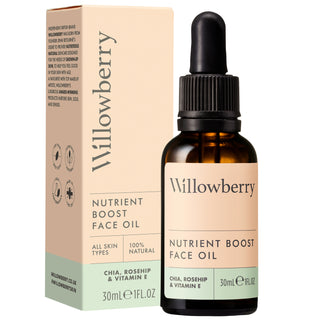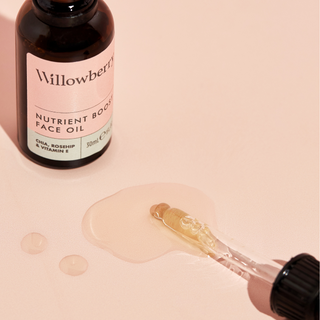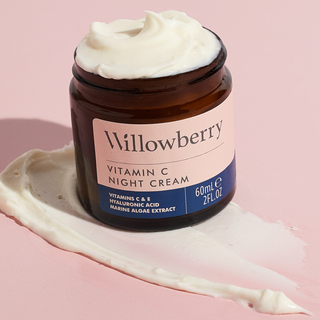As we get older, many of us find our skin changes. It can become drier, more sensitive, oilier, prone to breakouts, slower to heal. Any or all of the above. Lifestyle, the passage of time and fluctuating hormones can all influence our skin’s needs and what worked at 20 may not work at mid-life and beyond. The products you may have relied on for years can stop working in the same way.
Often, as we mature, our skin craves a skincare routine that nourishes and nurtures. A gentler approach that delivers nutrients into the skin and protects its delicate barrier.
Why what worked before isn’t working now
As the largest organ in the body, it’s not surprising that our skin alters over the course of our lives. Genetics, diet and lifestyle all play their part, with our complexion mirroring our physical and emotional health. Hormonal disruption around the time of perimenopause can have a dramatic effect on the way our skin looks, acts and reacts. Suddenly all bets are off, we can find ourselves experiencing the onset of spots and wrinkles at the same time, or dealing with skin that suddenly and unpredictably switches type. Issues such as adult acne and rosacea can flare up and play havoc with not only our skin but our confidence, too.
It pays to take a step back now and again and reassess what your skin really needs.
The biology bit
Around the time of midlife and the peri/menopause, levels of the hormone oestrogen begin to deplete. Simply put, this causes a reduction in the production of collagen and elastin, the proteins responsible for giving our skin structure and making it look plumped, glowy and taut. As they decline, skin can start to look duller, older and begin to sag. There is also a slowing down of cell turnover, which contributes to a less radiant complexion. Less hyaluronic acid is produced, causing skin to become drier and lines to become more pronounced. As well as oestrogen, progesterone also goes into decline, tipping the scales in favour of testosterone which can trigger breakouts, oily skin and even acne.
7 easy ways to adapt your skincare routine as you get older
- Rather than following your same old skincare routine, look at your skin in the mirror and assess what your skin needs right now. Radiance? Hydration? Exfoliation? Adapt your skincare routine accordingly.
- Choose a nourishing cleansing balm. Willowberry Nutrient Boost Cleansing Balm with rosehip, chia seed and vitamin E is richly luxurious and leaves skin comfortable and clean without that tight, stripped feeling.
- To gently buff the skin and speed up cell turnover, wash off the balm with a flannel.
- Look for products that contain antioxidants to protect against free radicals, which can further weaken skin’s elasticity. The Willowberry natural skincare range is packed full of these skin saviours, including green tea, vitamin E and sweet almond oil, which guard against cell damage caused by aggressors such as pollution, UV rays and stress.
- Make sure your moisturiser is rich in hyaluronic acid to keep skin supple and improve its elasticity and bounce. Willowberry Nutrient Boost Day Cream combines hyaluronic acid with antioxidants to impart a smooth, healthy glow and protect skin’s natural barrier function.
- Skin around the eyes can become thinner and drier over time, so use a good eye cream to keep this area hydrated and plumped. Willowberry Reviving Eye Cream contains active ingredients including probiotics and caffeine and is beautifully gentle for tired, dry eyes.
- The easiest, most foolproof way to add radiance to skin is by using a face oil. A couple of drops patted into the skin can transform a dull, lacklustre complexion instantly. Willowberry Nutrient Boost Face Oil and Willowberry Sensitive Face Oil are both 100% natural, ultra-light and easily absorbed.
Willowberry is nutritious natural skincare for grown-ups, for your best skin.
A favourite with top make-up artists, Willowberry's luxurious award-winning products protect skin’s natural barrier function, to nourish and revive grown-up skin without telling women to be 'anti-ageing'.
As seen in Vogue, Independent, The Telegraph, This Morning and more.









